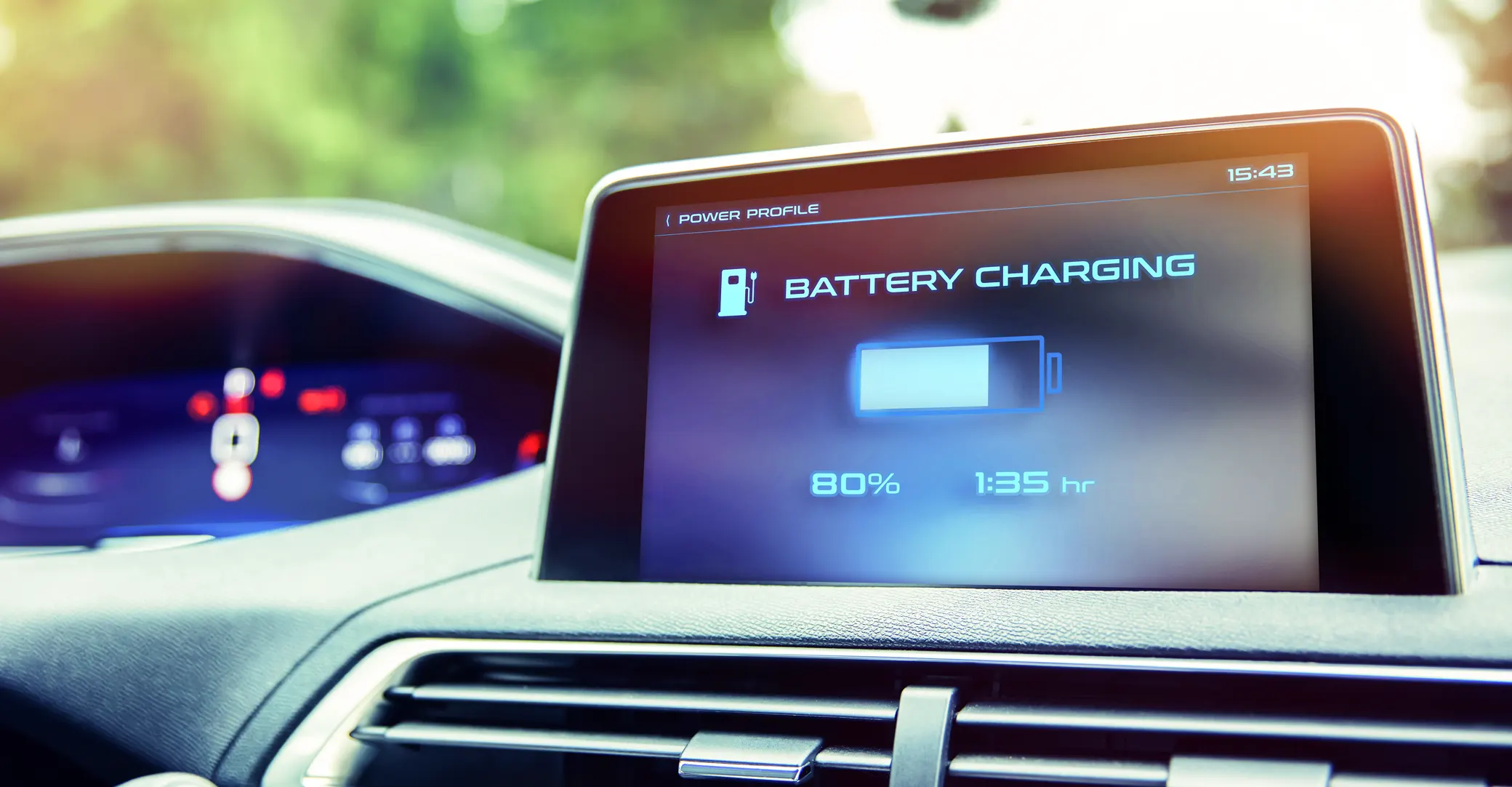S h a r e
Why are EV charging rates quoted at up to 80 per cent?


Posted by
Marc Murphy
March 2022
Charging times are always a concern for any fleet driver new to an EV, or those contemplating the move to an electric car.
Whether it’s from a domestic three-pin plug, a home 7kW charger, or a rapid charger, the length of time it takes an EV to charge is often considered a barrier to EV take up.
But this should not be the case. And it’s why you’ll find charging times often referred to as ‘up to 80 per cent’.
Obviously the more powerful the charger, then the faster an EV can get to that 80 per cent and on a 50kW charger most can reach that point in at least an hour and a half – sometimes less. Newer EVs are much much faster – the new Kia EV6 can charge to 80 per cent in just 18 minutes if you can find a 350kW charger.
So why do manufacturers mention that 80 per cent figure rather than the time taken to reach a full 100 per cent charge?
There are two main reasons for quoting that 80 per cent figure.
The first is for the health of the battery. Rapid charging is useful when you are out on the road and need extra miles quickly, rather than a full charge. And a car can reach 80 per cent relatively quickly.
However, beyond that 80 per cent, the charge rate slows down considerably to protect that battery health and its longevity. The charging rate curve is not constant.
The second reason is that the remaining 20 per cent required to reach full charge can often take as long as, or possibly longer than the initial charge to 80 per cent.
To visualise this process, think about people entering an auditorium with unreserved seating. At first it’s easy for people to find empty seats and the auditorium fills up quickly. This is not dissimilar to a battery charging to 80 per cent.
However the flow of people to seats slows considerably when those entering have to search more carefully for the remaining free seats available. That final 20 per cent to full charge takes longer.
So if you are on a long business journey that goes beyond your battery’s normal range, then that amount of time required to fill the battery with the final 20 per cent is not worth the extra wait. And some rapid chargers have a maximum charge time of 90 minutes anyway. Indeed, it’s often quicker to take a couple of shorter stops to get to 80 per cent than try for the full battery charge.
So that’s why the 80 per cent figure is so crucial. It’s a good indicator of the length of time you’ll need to charge while on the road. It should be also noted that the times quoted are from an empty battery to 80 per cent; for most drivers this will never be the case.
For charging at home, the 80 per cent figure has little relevance. The car can be left to charge overnight to full range capacity often using less expensive off-peak electricity.
Found this article informative? Learn more about electric vehicles and fleet electrification on our dedicated EV Hub.

